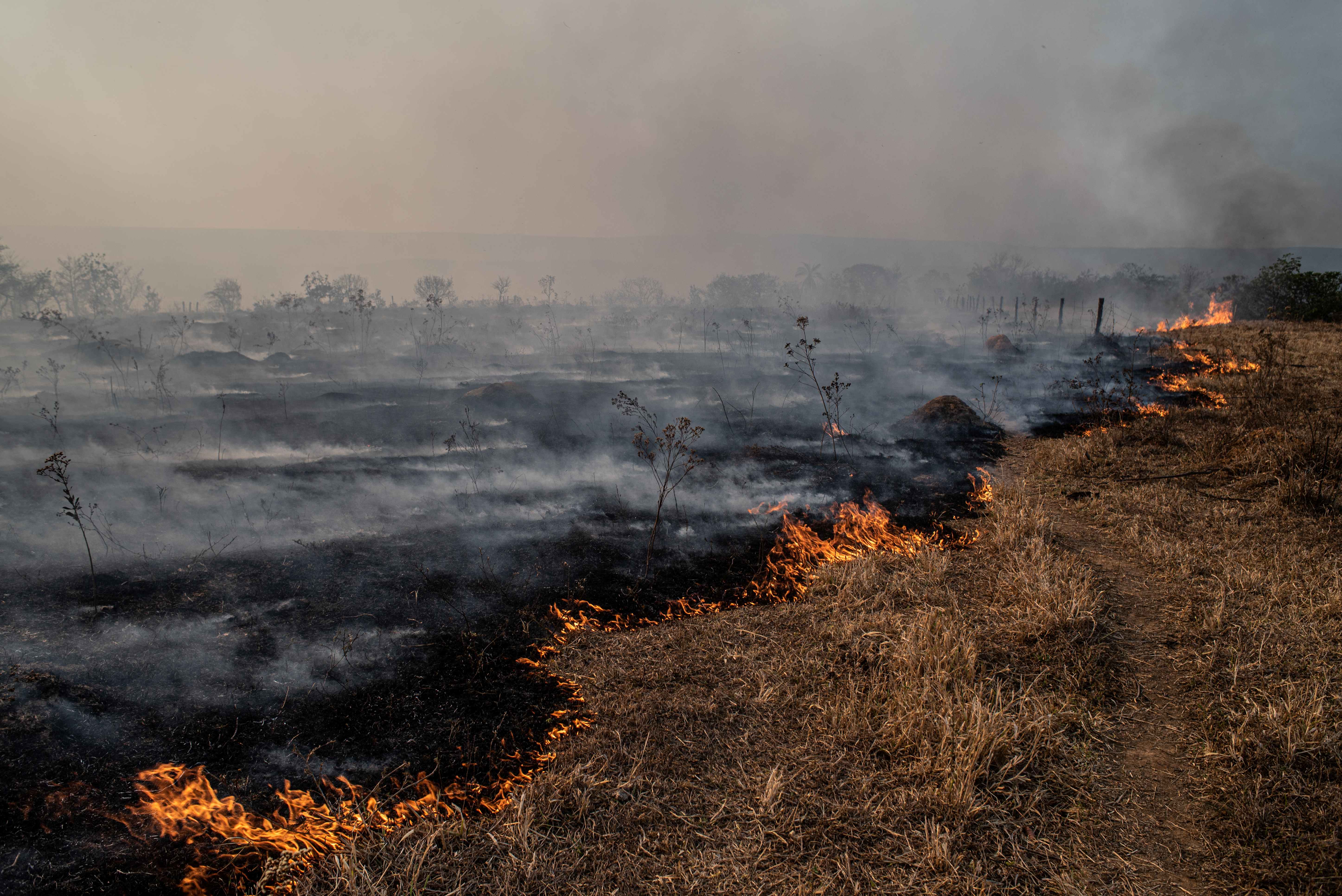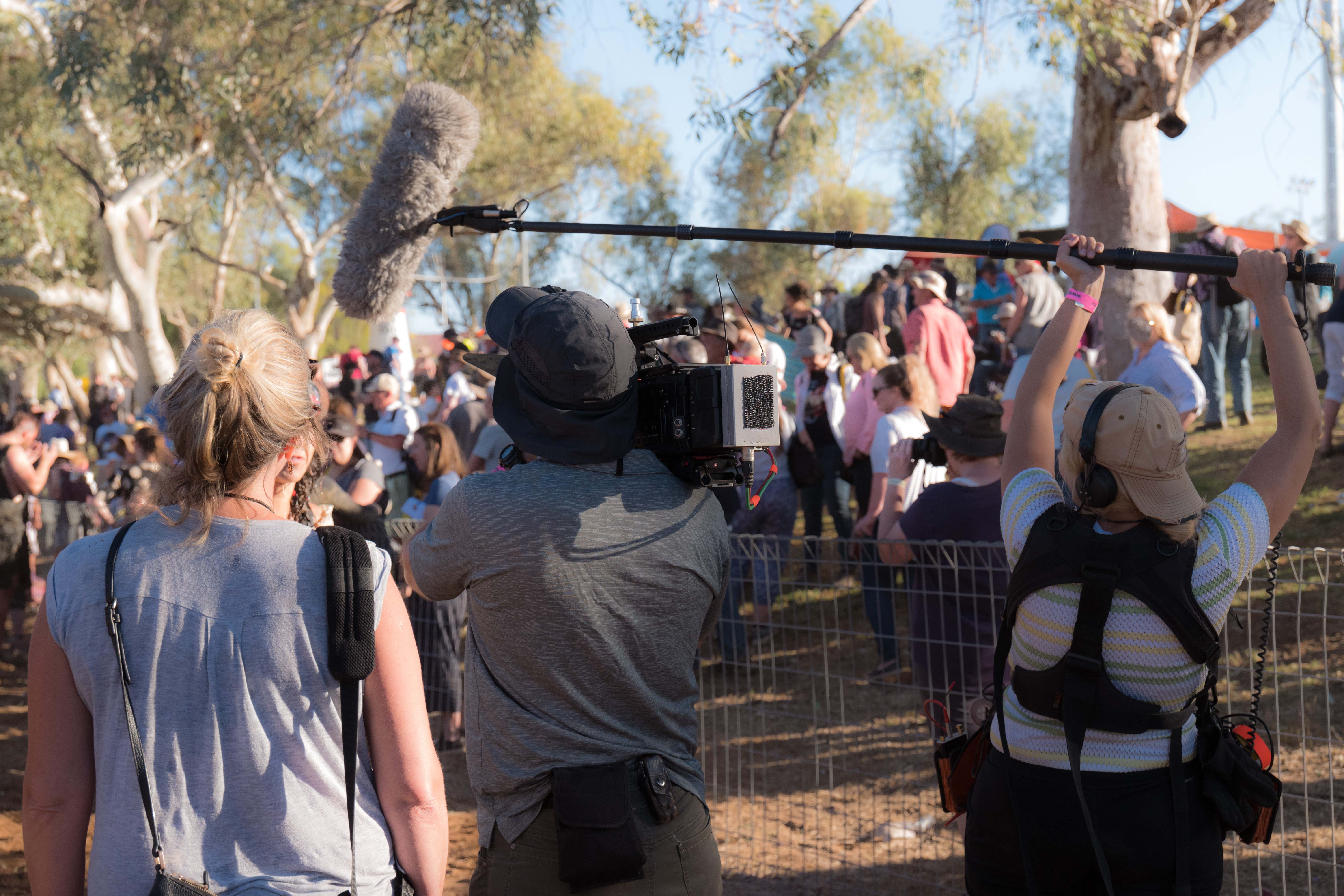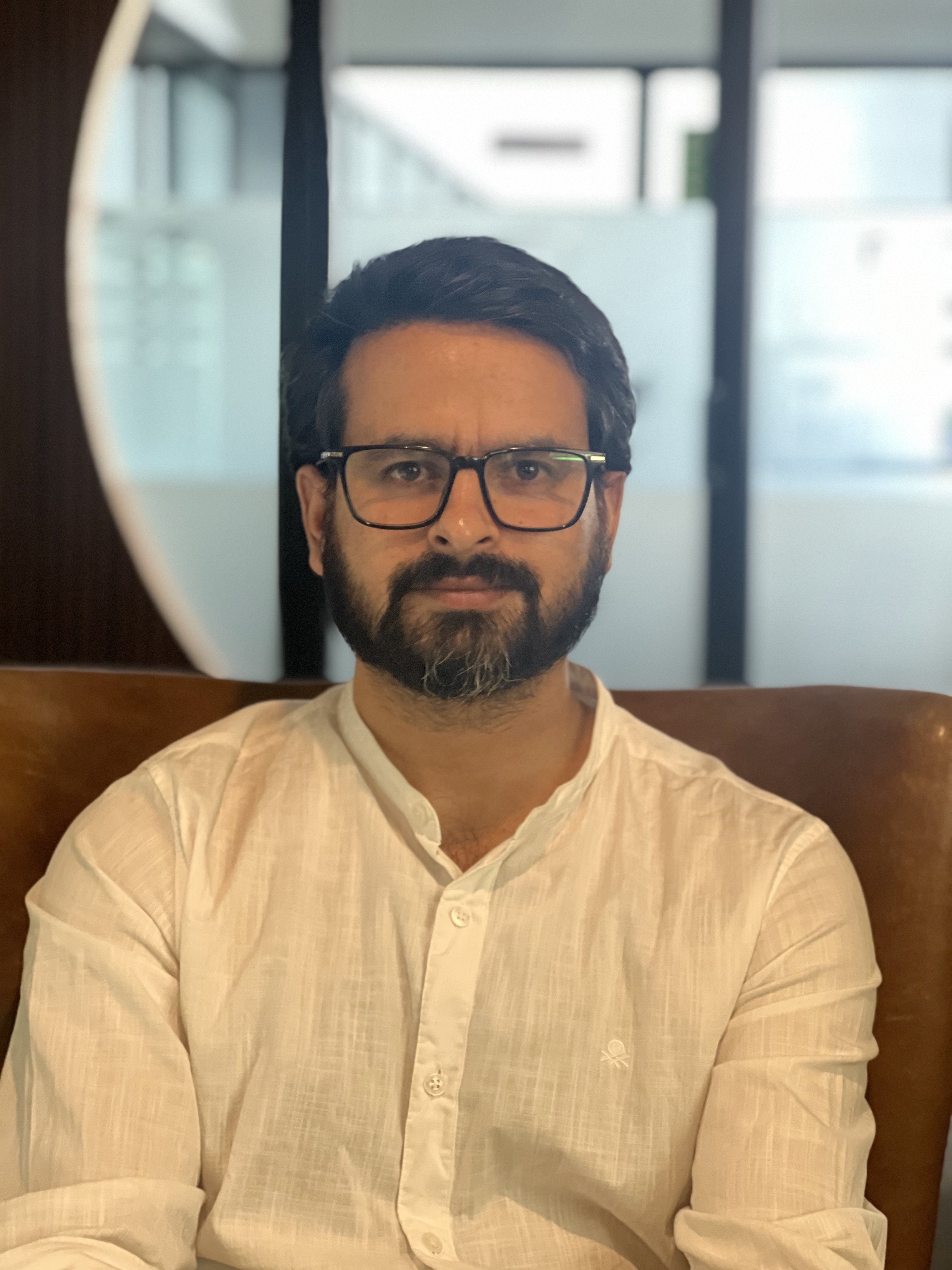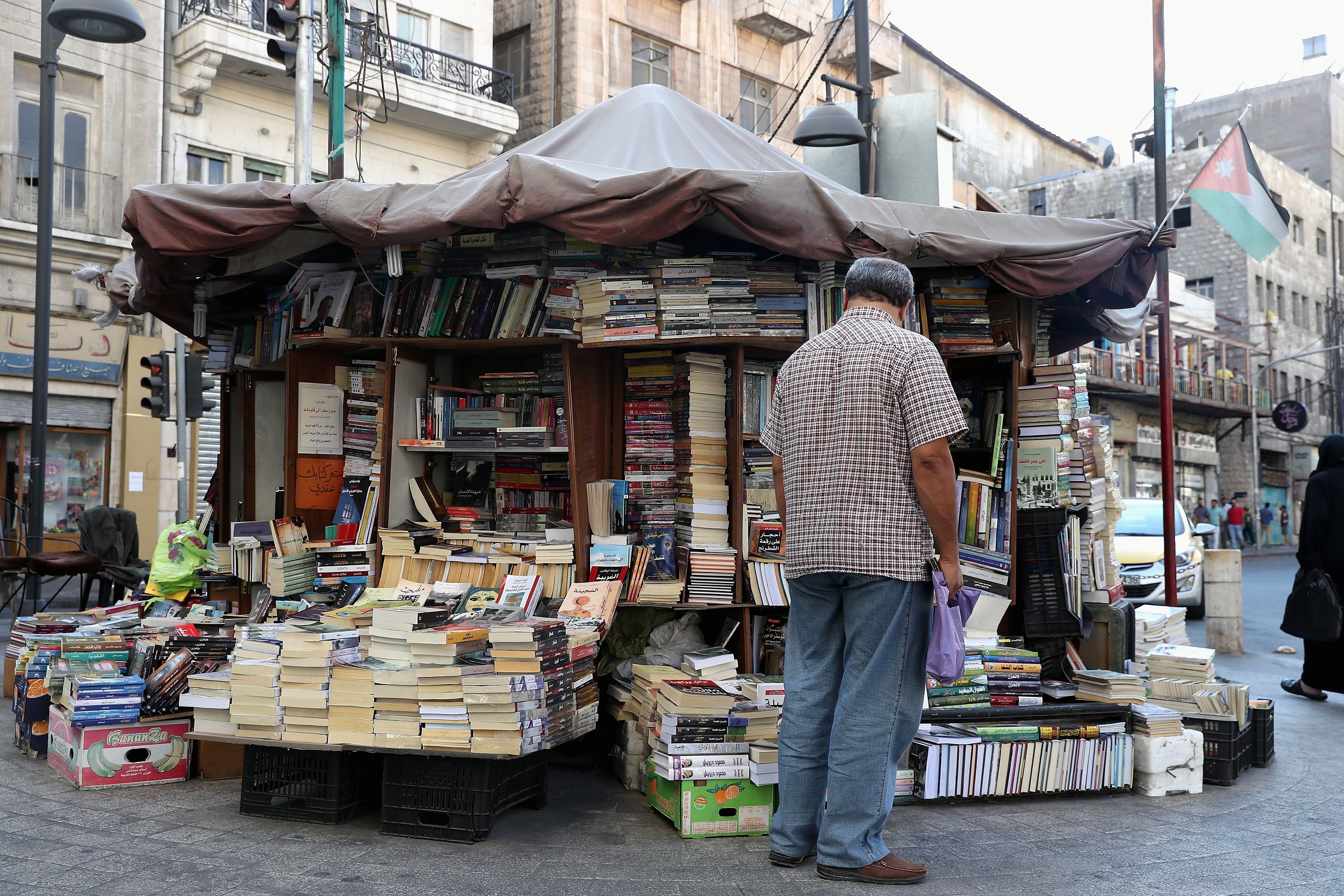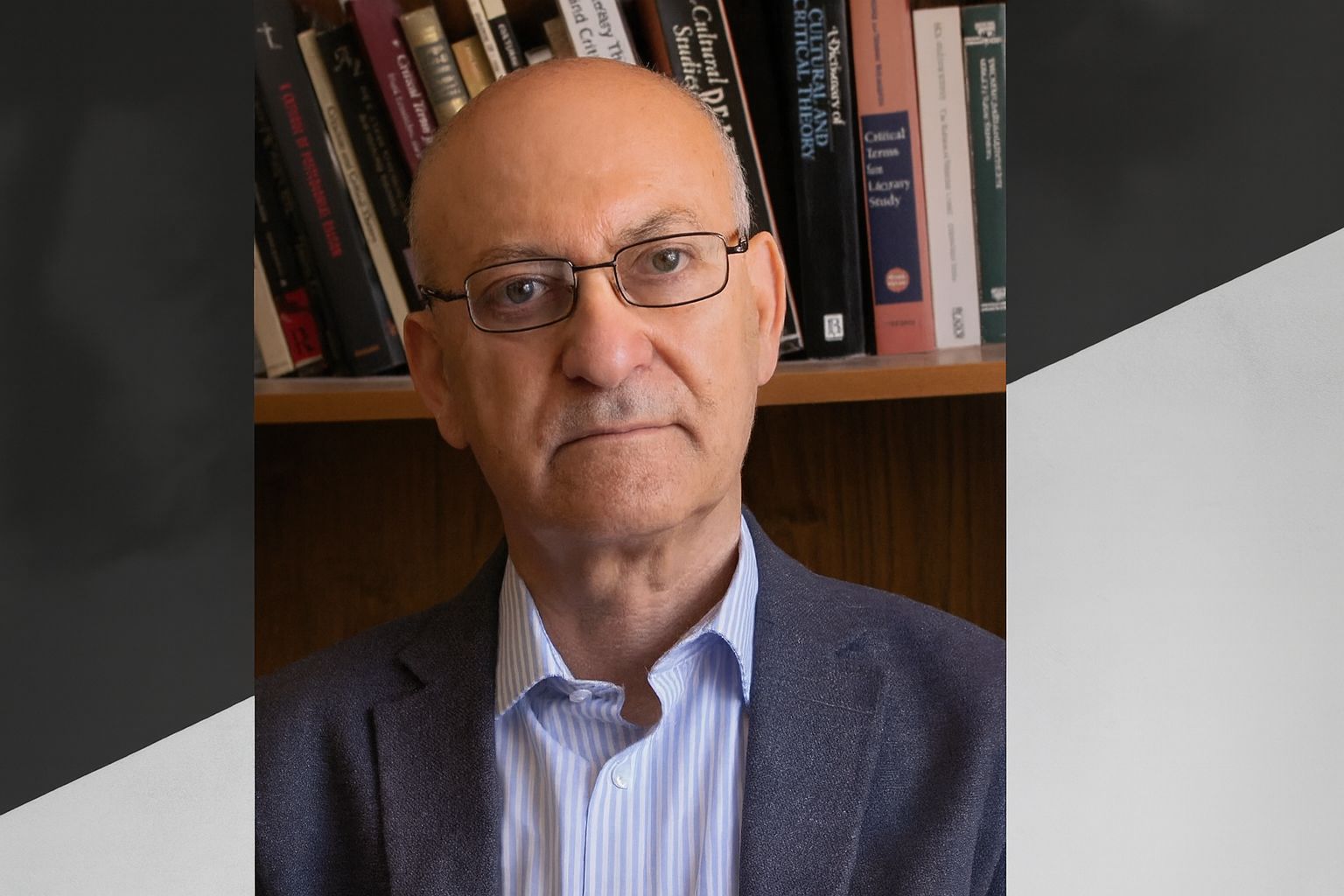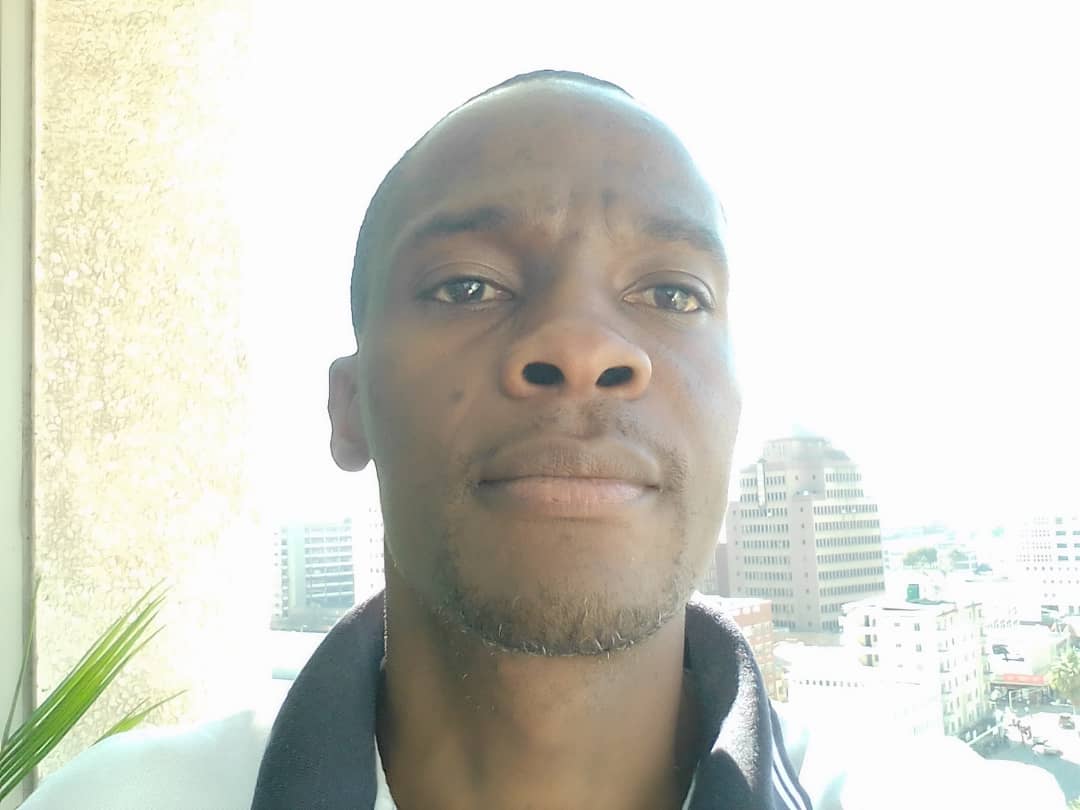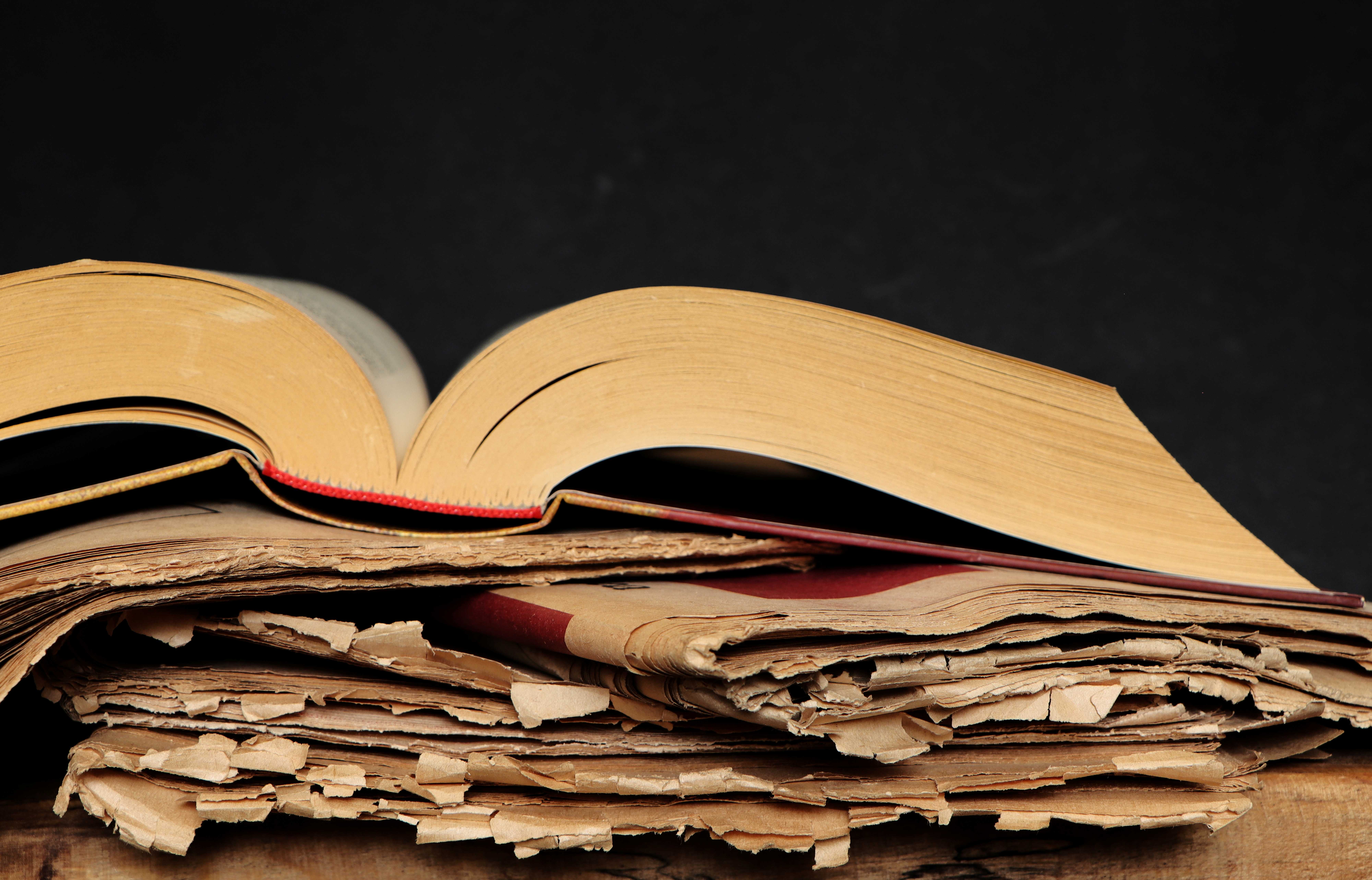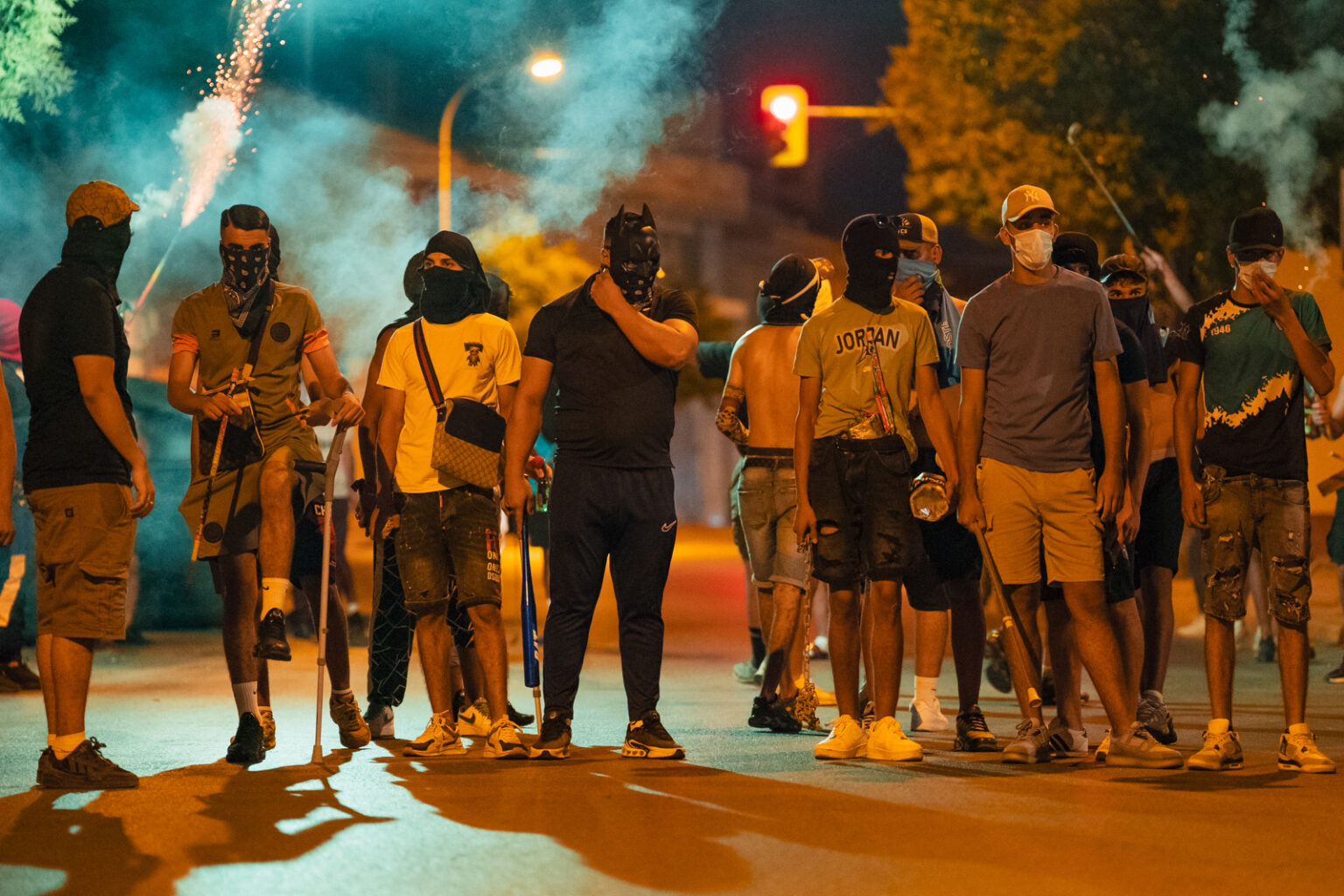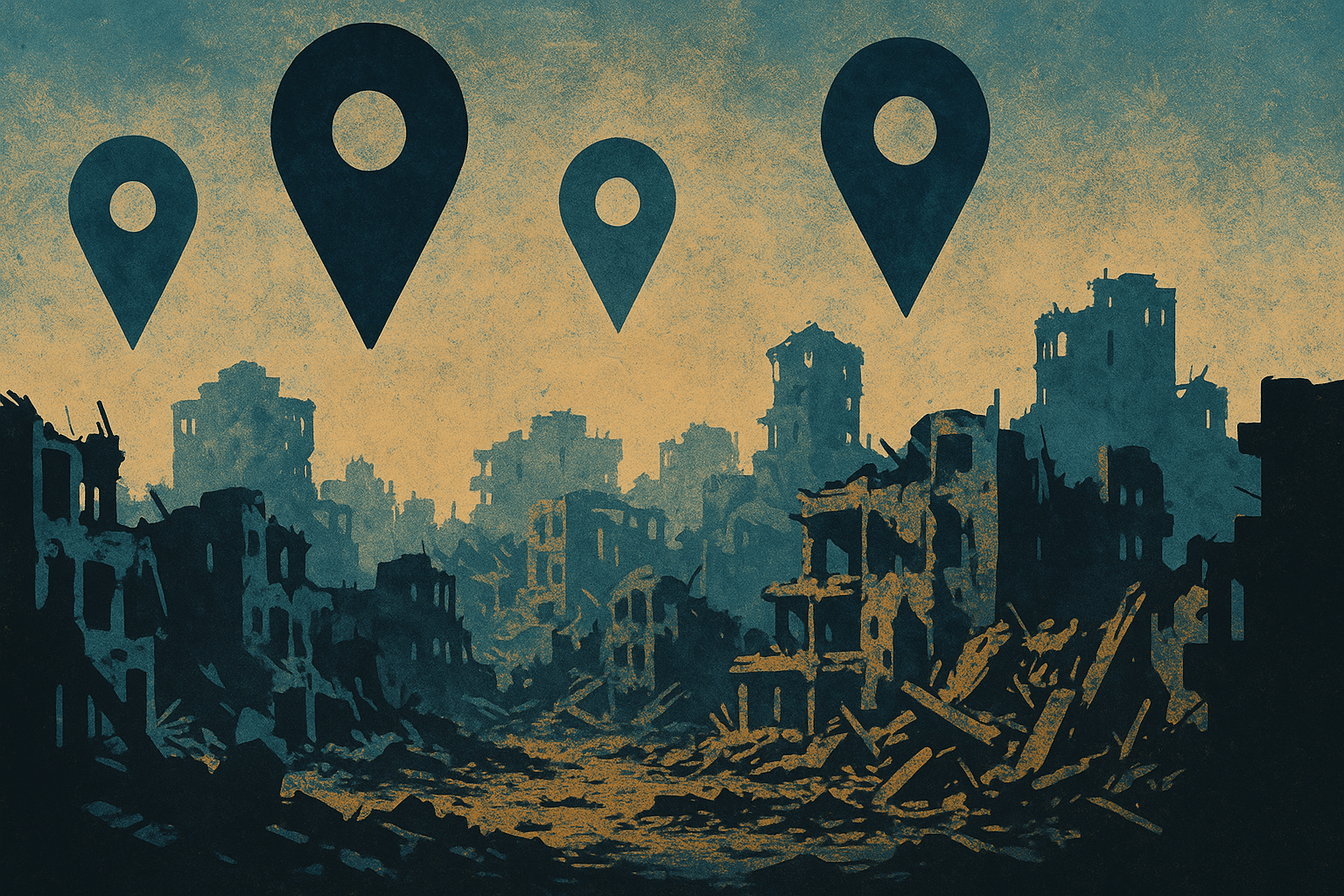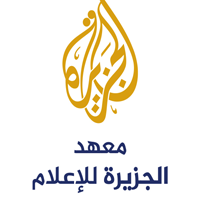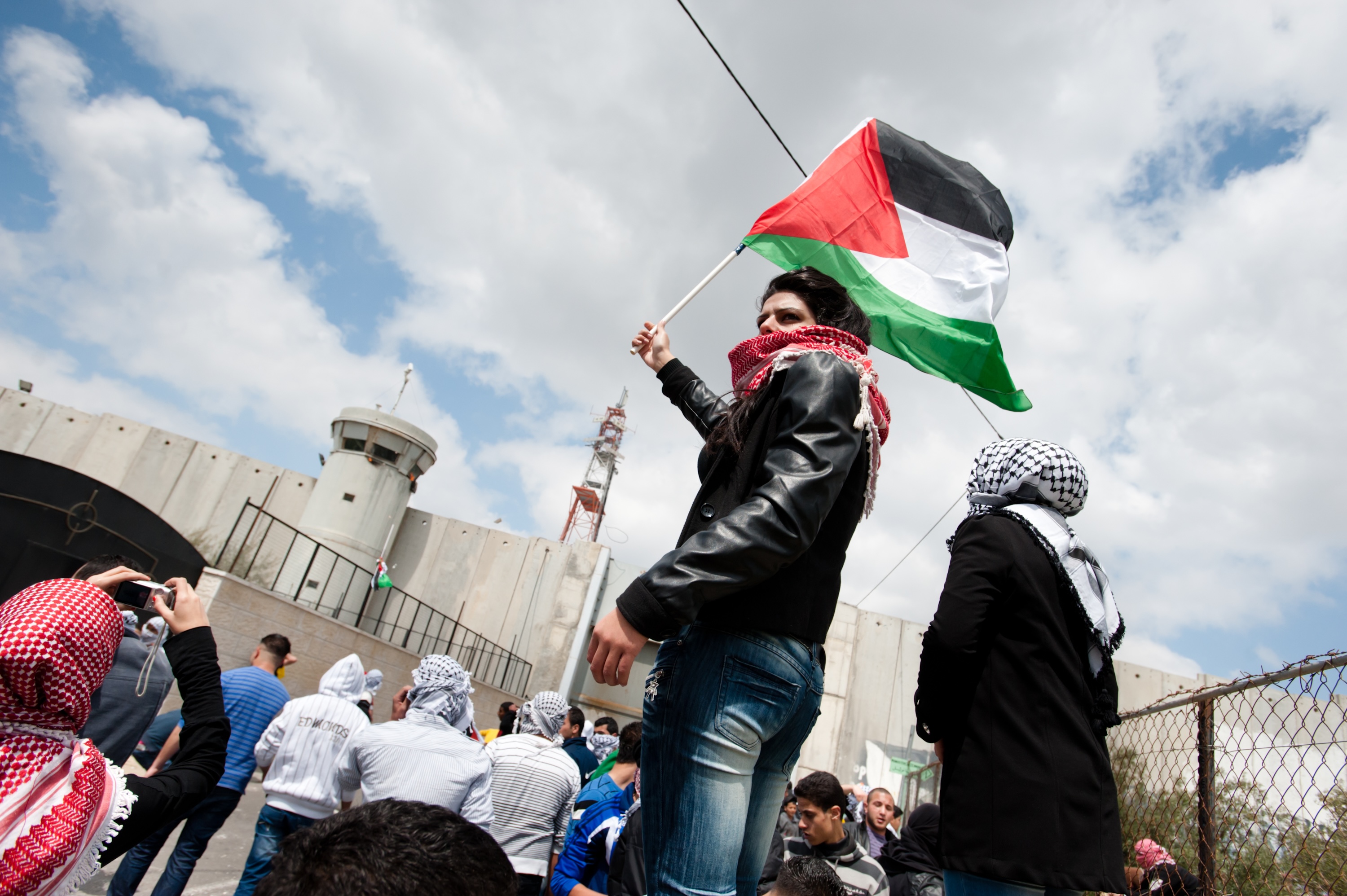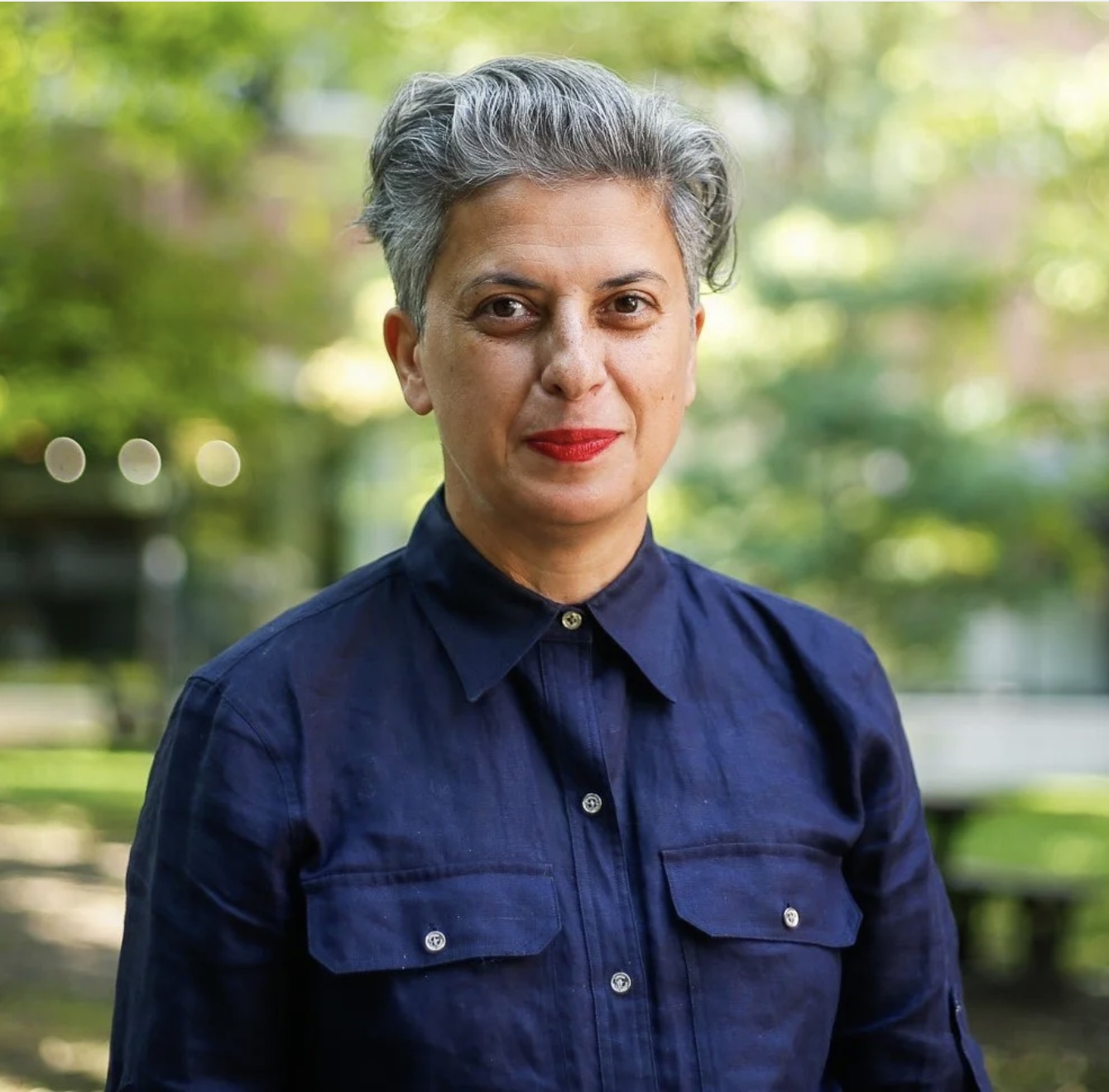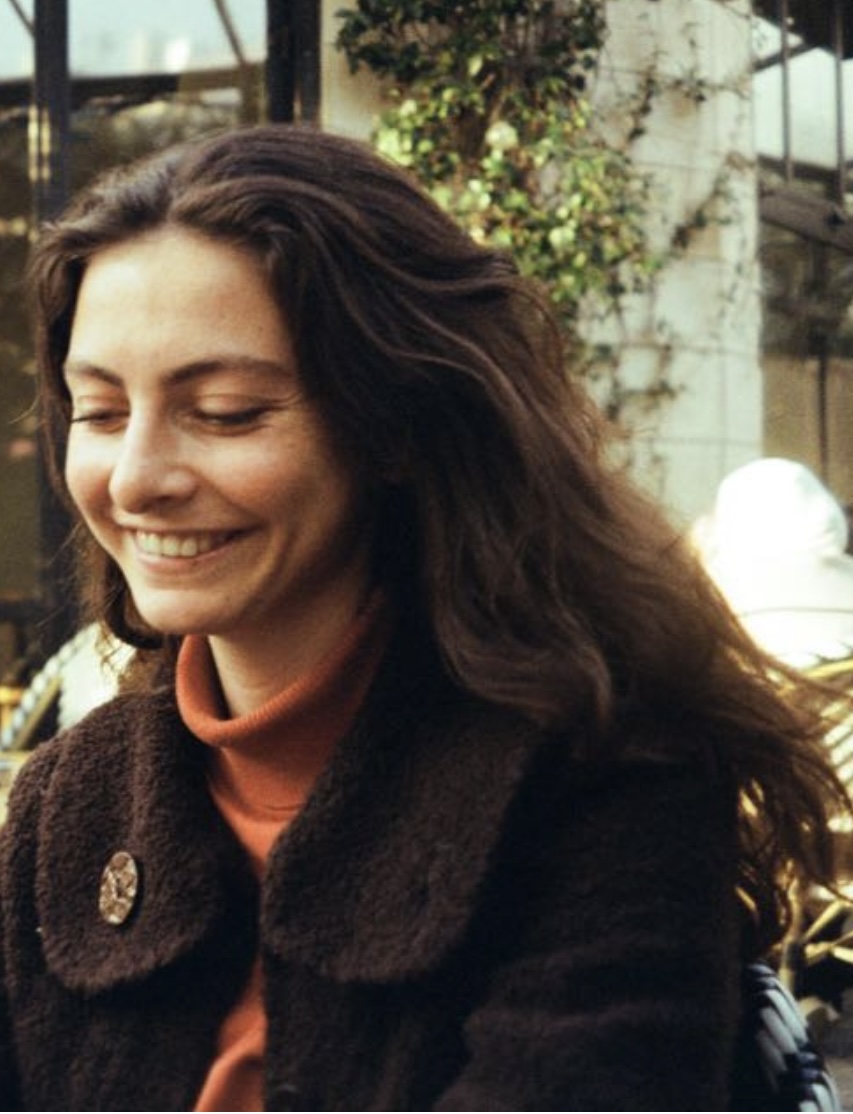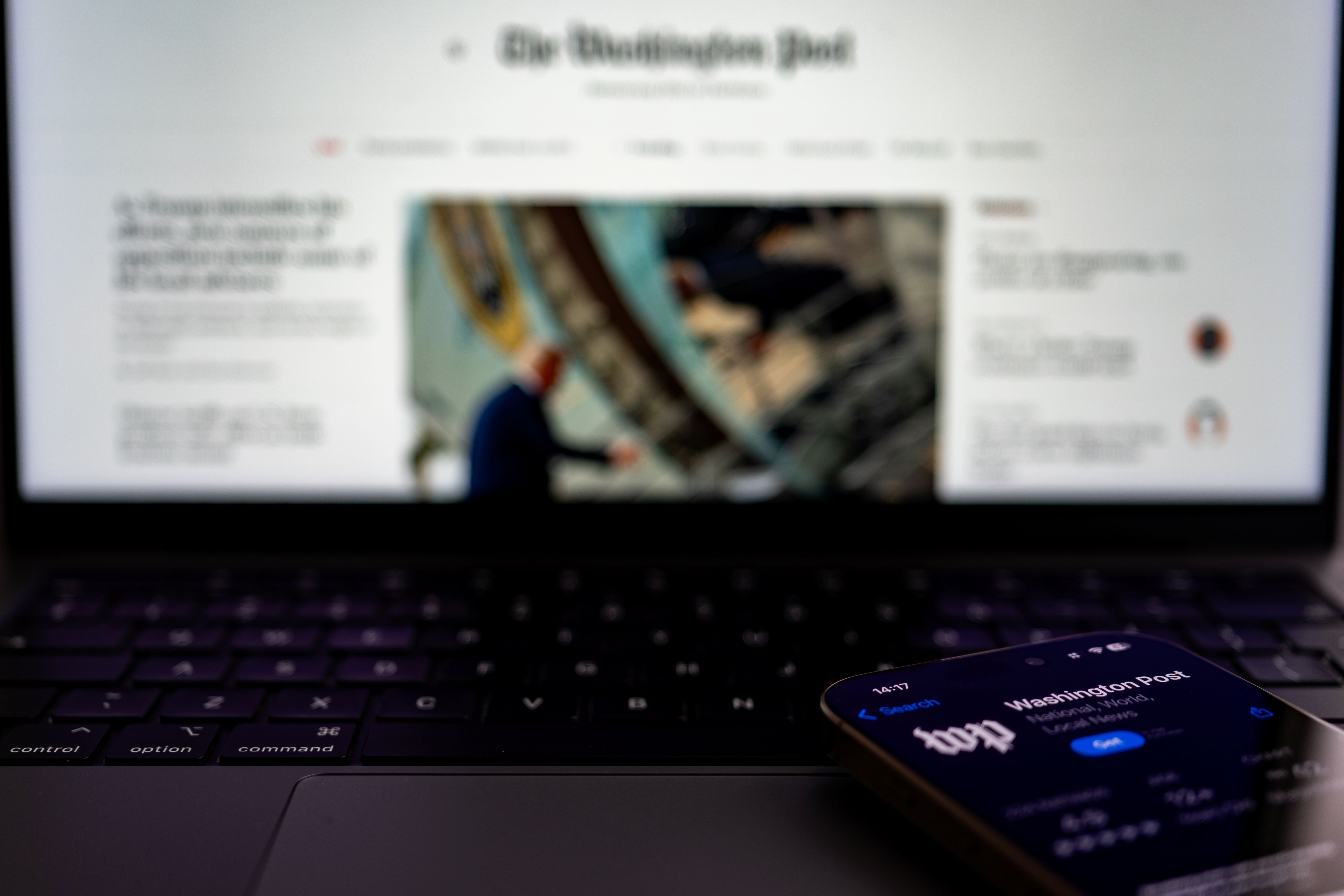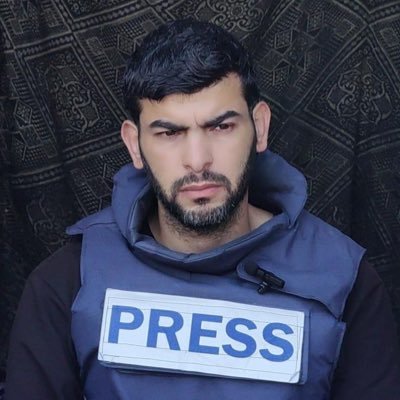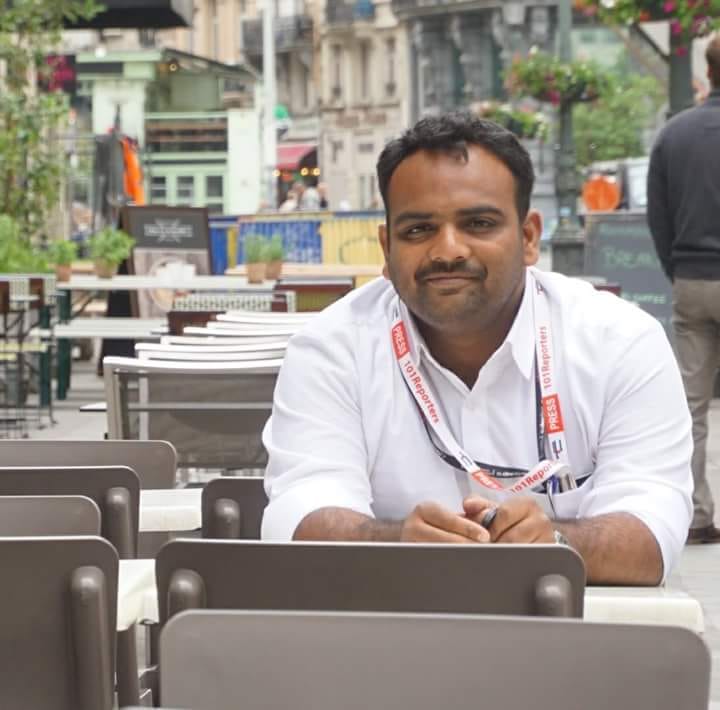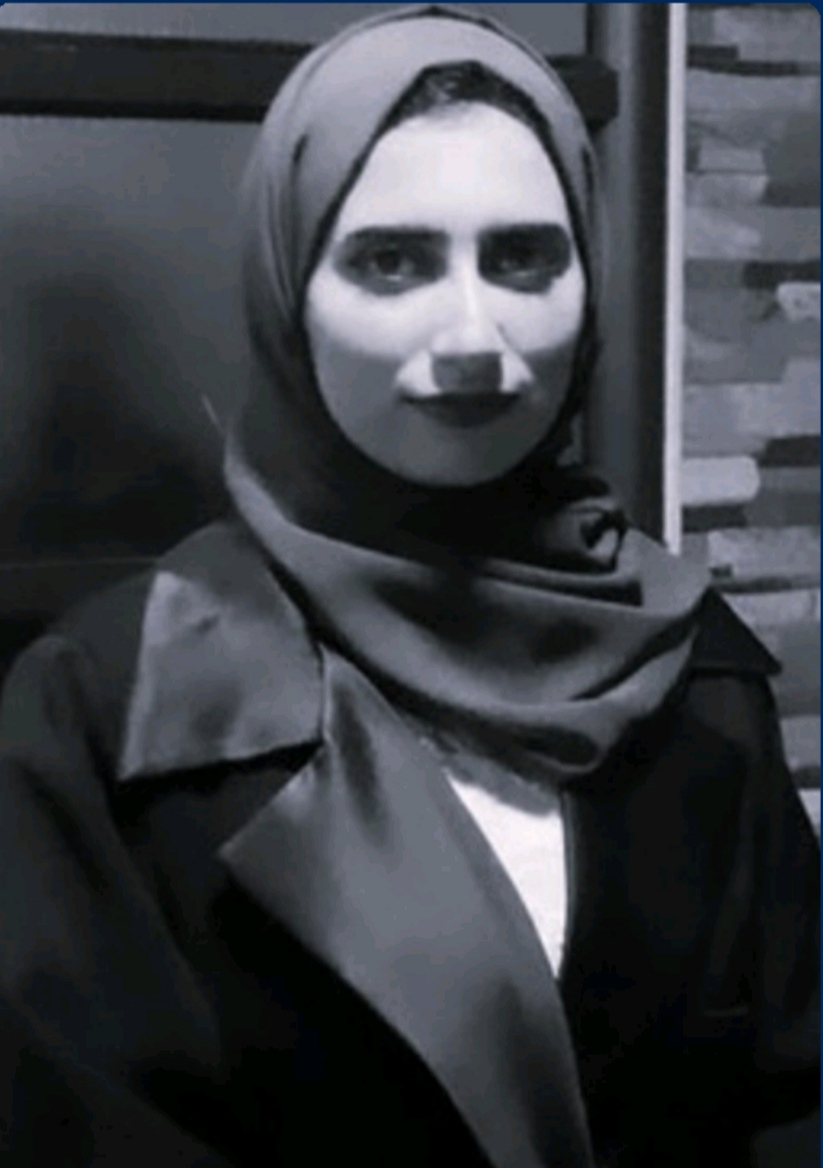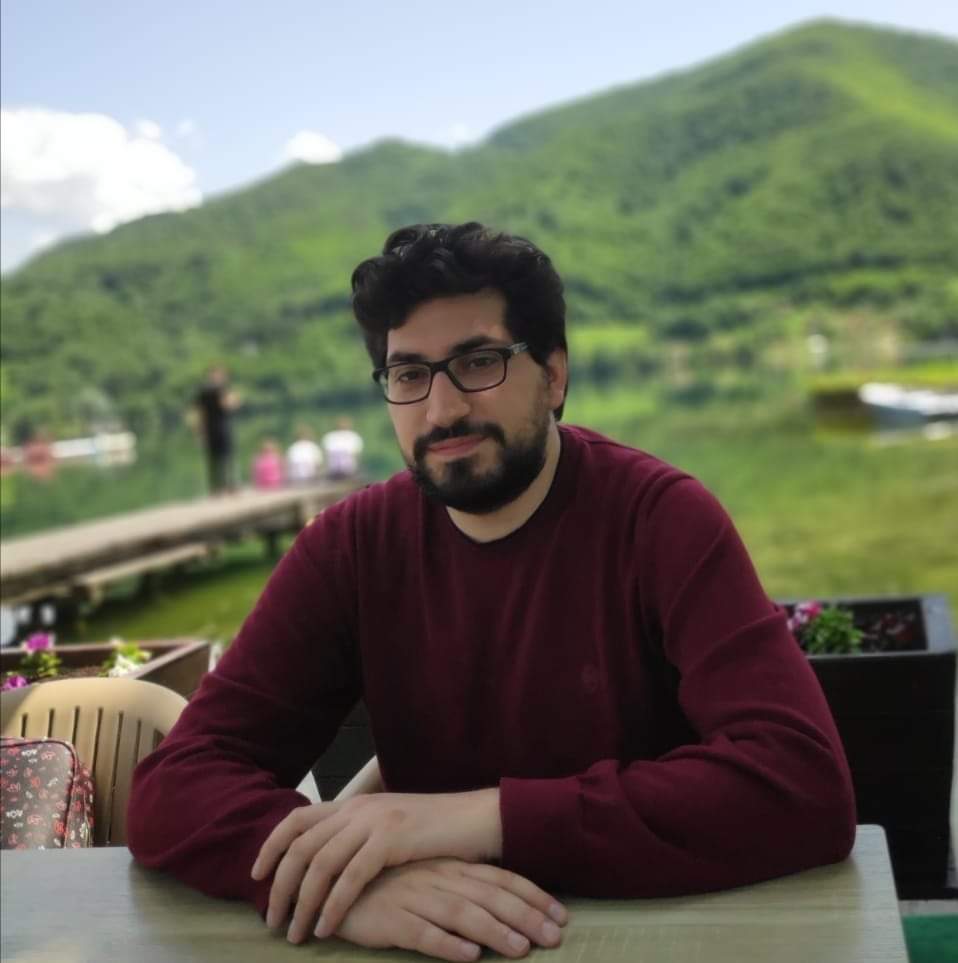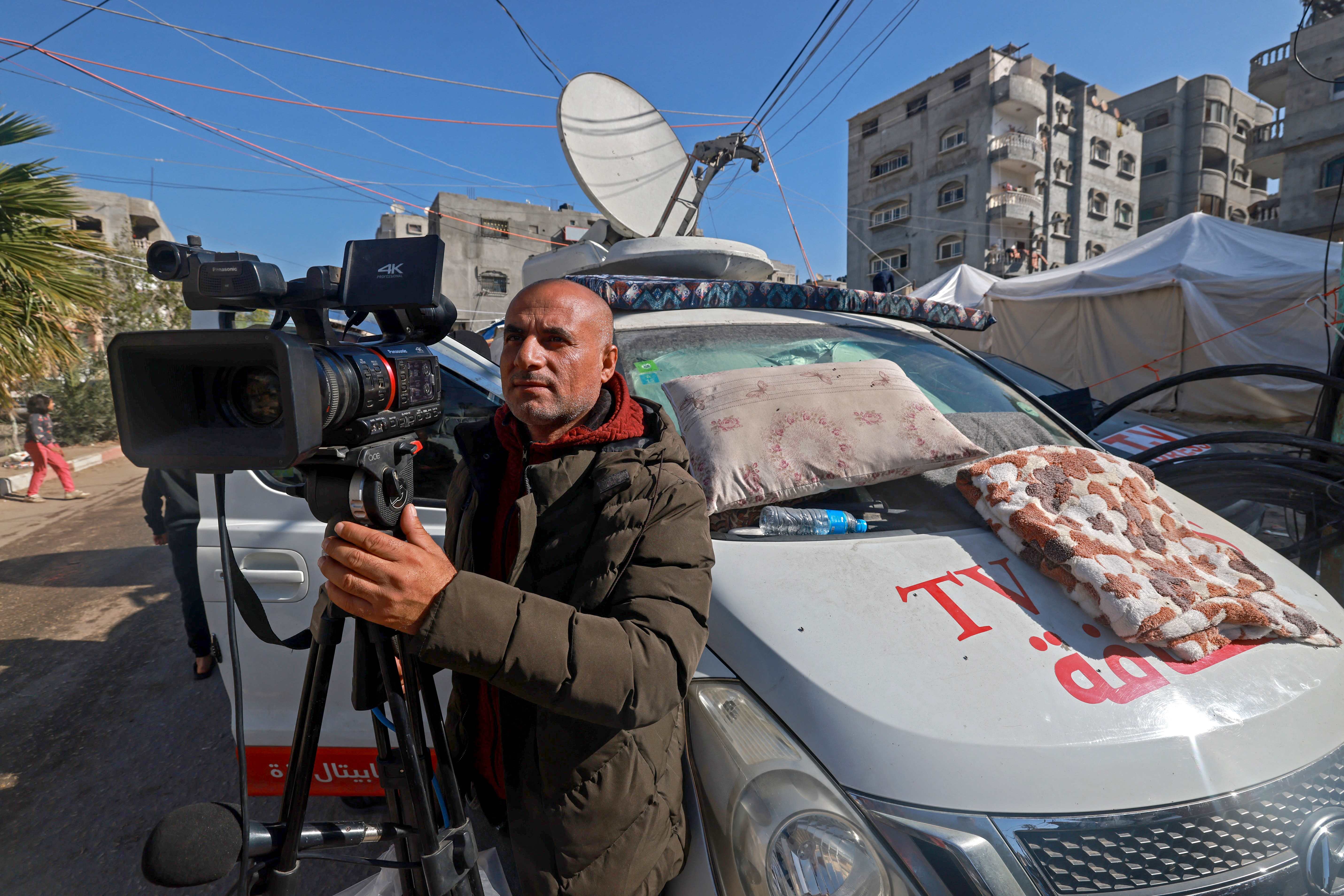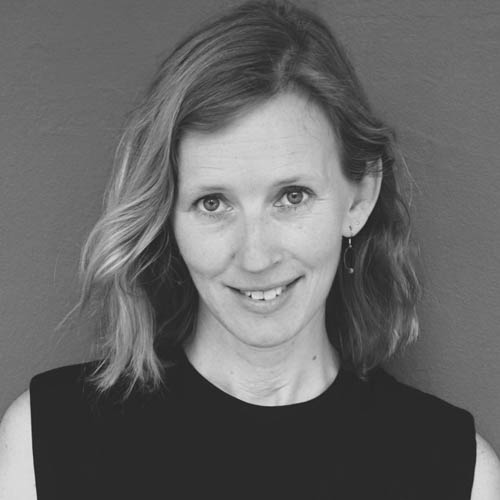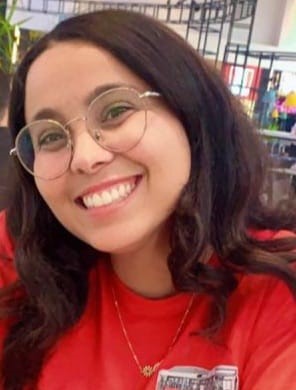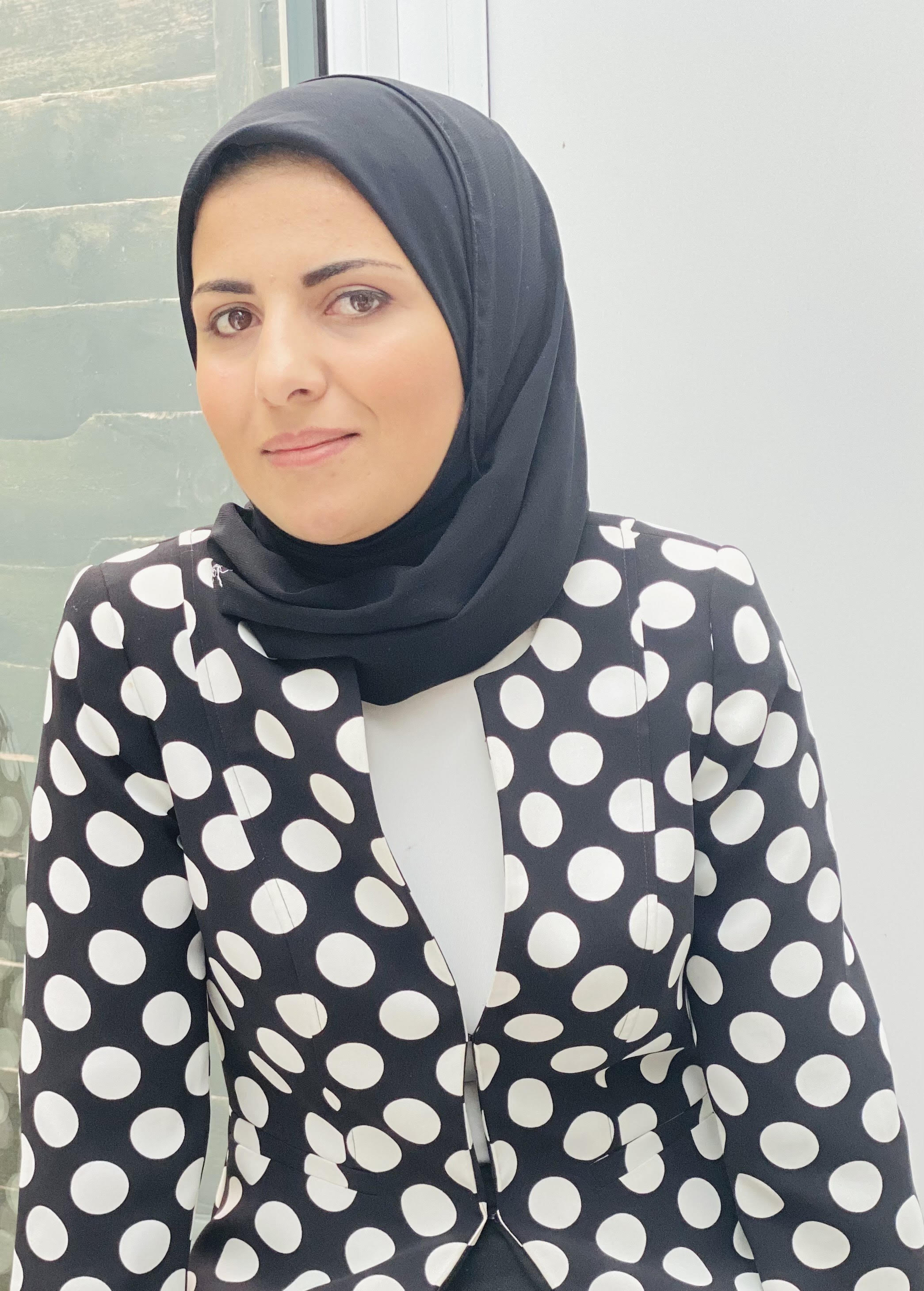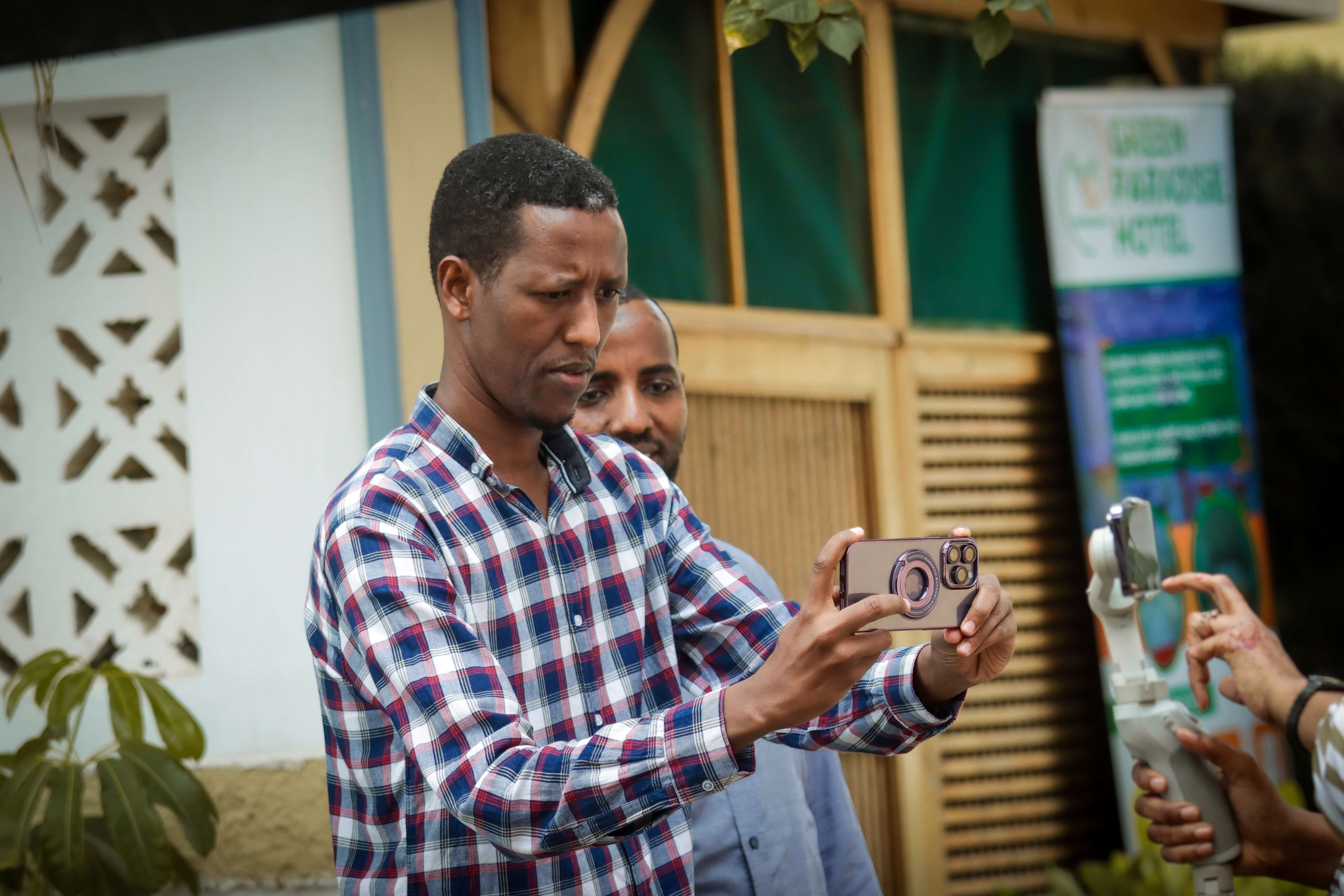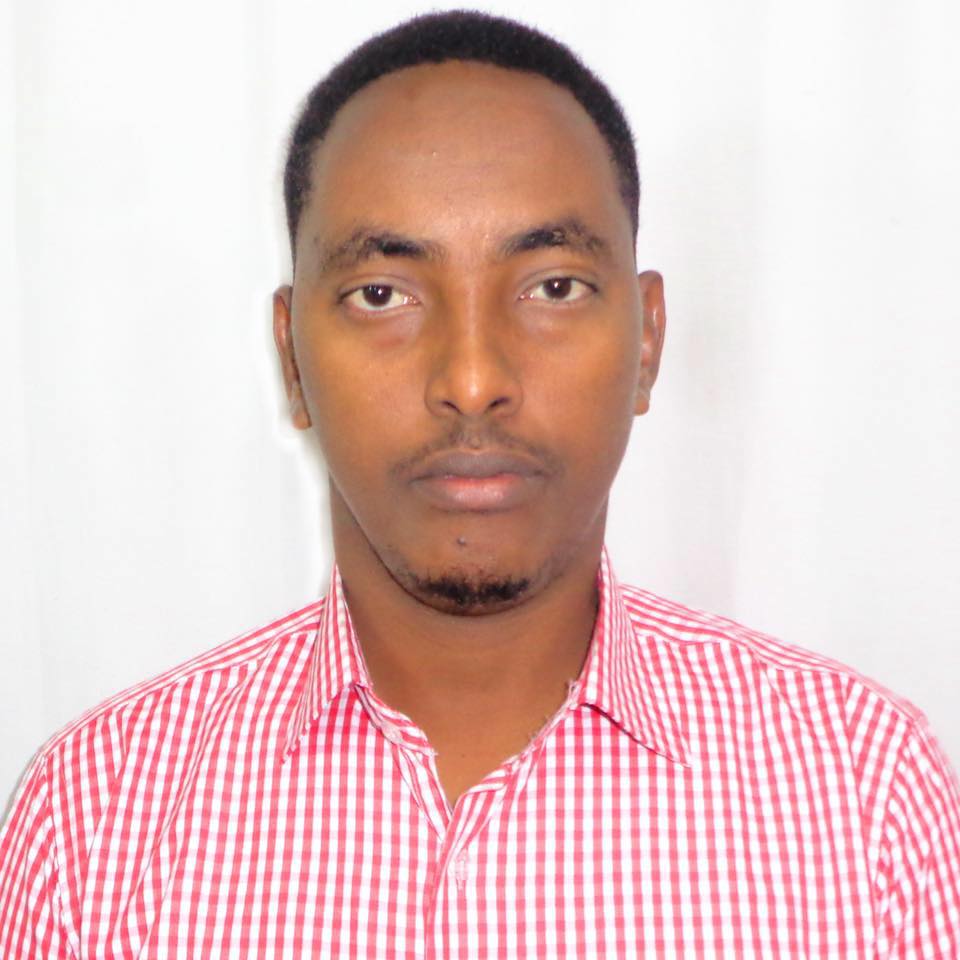بين الصحافة والعلوم الانسانية والاجتماعية حواجز نظرية، عمقها التنافر بين الصحفيين والباحثين، سواء من جهة فقدان جسور الثقة أو من جهة تعالي العلوم الاجتماعية وممثليها على الصحافة بوصفهما تقابلاً بين المعرفة الرصينة والمعرفة السريعة. لكن في الحقيقة إن الهوة أقل عمقاً مما نعتقدّ، لاسيما بالنسبة للصحفيين الذين يشتغلون خارج غرفة الأخبار على مضامين تحتاج وقتاً وتريثاً في الصياغة والبحث. وكوني أنتمي للعالمين، عالم الصحافة وعالم العلوم الاجتماعية، فإن الجمع بينهما مفيد لكليهما في تجويد العمل والاستفادة من قبعتي الصحفي والباحث أحياناً لتجريد الوقائع من هيمنة الواقع، وأحياناً أخرى لمنح المقولات النظرية لبوس الواقع والنزول بها إلى الأرض؛ ففي حين يركز الباحثون الأكاديميون في كثير من الأحيان على بناء النظريات والدراسات طويلة الأجل، فإن الصحفيين يطبقون هذه الأساليب في الزمن الراهن لإنتاج رؤى قابلة للتنفيذ.
لا يعني ذلك غياب الحواجز تماماً بين العالمين، ولكن بالممارسة يكتشف الصحفي أنه يمارس عمل الباحث الاجتماعي أو التاريخي بشكل واعٍ أو غير واعٍ، ولكنه نسبي وغير مكتملٍ تماماً، كونه يريد تقديم خدمة للجمهور، خلافاً للباحث الذي يعمل على تحقيق الهدف المعرفي في ذاته - بغض النظر عن الجمهور أو المتلقي -، ولذلك يعتبر البعض أن الصحافة تنتمي لفئة العلوم الاجتماعية التطبيقية، وهو الزعمّ الذي دافع عنه إريك دبليو ألين (1) منذ عشرينات القرن الماضي، وقام بتجسير الفجوة بين الصحافة مهنةً والصحافة علماً. وقد أرسى عمله الأساس لفهم كيفية تقاطع الممارسات الصحفية مع منهجيات ومبادئ العلوم الاجتماعية مثل علم الاجتماع وعلم النفس والعلوم السياسية والأنثروبولوجيا، مؤكداً أن الصحافة لا تتعلق فقط بتغطية الحقائق، بل تنشغل أيضاً بالتحقيق بشكل منهجي في الظواهر المجتمعية لإعلام الجمهور وتثقيفه وإشراكه.
كوني أنتمي للعالمين، عالم الصحافة وعالم العلوم الاجتماعية، فإن الجمع بينهما مفيد لكليهما في تجويد العمل والاستفادة من قبعتي الصحفي والباحث أحياناً لتجريد الوقائع من هيمنة الواقع، وأحياناً أخرى لمنح المقولات النظرية لبوس الواقع والنزول بها إلى الأرض.
تقاطع المناهج في الصحافة
ربما يكون المنتج الصحفي أكثر أصناف المعرفة التي تتقاطع فيها مناهج العلوم الاجتماعية، سواء في المنتج النهائي الذي يظهر للجمهور أو في كواليس الإنتاج، ويتجاوز هذا التقاطع حواجز تقسيم الأجناس الصحفية المختلفة، بدايةً من الأقل تعقيداً كالخبر، إلى الأكثر تعقيداً كالتحقيقات الاستقصائية والوثائقيات. واللافت أن توظيف الصحافة لمنظورات وأساليب العلوم الاجتماعية ليس ظاهرةً حديثة، بل بدأ يتطور منذ ظهور الصحافة مهنةً مستقلةً (2)، لكن ربما الوعي بها أو اهتمام أدبيات الصحافة البحثية بهذا التوظيف لم يبدأ إلا بشكل متأخرٍ نسبياً. واليوم، ومع تطور وسائل غير صحفية في شغل موقع الصحافة في نقل الأخبار؛ كالمنصات الاجتماعية، أصبح المنتج الصحفي المعزز بمناهج العلوم الاجتماعية الامتياز الذي يحقق فرادة الصحافة في مواجهة منافسيها غير التقليديين؛ حيث توفر أساليب البحث الاجتماعي للصحفيين الأدوات اللازمة لفهم القضايا المجتمعية والاتجاهات وأحياناً السلوك البشري، مما يمكنهم من إنتاج قصص متكاملة مبنية على الأدلة.
تعتمد الصحافة بشكل واضحٍ ومباشرٍ على أساسيات منهج البحث في العلوم الاجتماعية، من خلال آليات مثل الملاحظة والتحليل وتفسير الظواهر. كما تستخدم أدوات العلوم الاجتماعية بشكل متقاطع أو نسبي في إنتاج مضامينها وذلك من خلال البعد الكمي؛ لتحديد الأنماط والاتجاهات والارتباطات، والذي يشمل جمع البيانات واستطلاعات الرأي والتعامل مع البيانات عبر التحليل والمقارنة والمؤشرات والإحصاءات، لاسيما في الصحافة الاقتصادية وصحافة الحوادث، وصحافة البيانات، التي أصبحت جنساً مستقلاً يعتبر جسراً أساسياً بين الصحافة والعلوم الاجتماعية وعلم الإحصاء أو من خلال البعد النوعي المضموني، الذي يقدم معرفة أعمق للظواهر. ويشمل ذلك أدوات مثل المقابلات، كمصادر من درجة أولى لبناء القصة، وهي أداة مستخدمة على نحو واسع في العلوم الاجتماعية، وكذلك "الصحفي المشارك"، على قياس الباحث المشارك، الذي ينخرط في تجربة واقعية ضمن الظاهرة التي يبحث فيها وحولها، مثل الصحفيين الذين يخترقون مجموعات مغلقة أو الذين يقومون برحلات طويلة لمعايشة بيئات أو أماكن لإجراء تحقيقات استقصائية. وتمثل هذه الأداة البحثية التي يتماهى فيها أحياناً الذاتي مع الموضوعي، وسيلة لفهم أعمق للتفاعلات الاجتماعية والظواهر، تُمكنّ الصحفي من تقديم مضمون ذي جودة عالية.
اليوم، ومع تطور وسائل غير صحفية في شغل موقع الصحافة في نقل الأخبار؛ كالمنصات الاجتماعية، أصبح المنتج الصحفي المعزز بمناهج العلوم الاجتماعية الامتياز الذي يحقق فرادة الصحافة في مواجهة منافسيها غير التقليديين.
وضمن هذا البعد النوعي، نجد أيضاً تقاطعاً كبيراً بين العلوم الاجتماعية والصحافة في توظيف "الإثنوغرافيا"، المنهج النوعي المستخدم في الأنثروبولوجيا لدراسة مجموعات اجتماعية وثقافية بعمق. ويستخدم هذا المنهج بشكل واسعٍ اليوم في الصحافة الاستقصائية، حتى تكاد الخطوط بين الصحفي والباحث الأنثروبولوجي تختفي أحياناً. تشغل الإثنوغرافيا حيزاً هاماً اليوم في الأجناس الصحفية الرصينة. وربما دفع اتساع هذا الحيزّ الصحفيةَ وعالمةَ الأنثروبولوجيا آن كريستين هيرمان إلى نحت مصطلح "الصحافة الإثنوغرافية"(3) أو "الصحافة الأنثروبولوجية" كما يسميها البعض والتي تشير إلى أنه في وقت يفرض فيه التعدد الثقافي تحديات واضحة على الصحافة ووسائل الإعلام، وتتطلب الاتجاهات المزيد من التقارير السياقية، تظهر الصحافة الإثنوغرافية جنساً مستقلاً يوظفّ إستراتيجيات الانغماس المستمدة من العلوم الاجتماعية لأغراض سرد القصص. وتقترح الباحثة أن تتطور الصحافة الإثنوغرافية كشكل من أشكال الوساطة بين المجالين: الصحفي والعلمي؛ للمساعدة في معالجة نقاط الضعف في كليهما سواء كان ذلك فيما يتعلق بصرامة التجريد الذي يخشى الصحفيون التعامل معه أو الانفصال بين مصطلحات علماء الإثنوغرافيا والفهم العام للقضايا ذاتها التي يسعى الباحثون إلى توضيحها.
تشكل الإثنوغرافيا - اليوم وأكثر من أي وقتٍ مضى - فرصةً منهجية للصحافة للمحافظة على موقعها الاجتماعي والمعرفي في ظل المنافسة من المنصات الاجتماعية، بكل ما تجره من أخطار على المهنة وأخلاقياتها؛ حيث تقدم الإثنوغرافيا - بصفتها ممارسة بحثية تقوم على اندماج الباحث أو الصحفي لفترات طويلة في موضوعه ومعايشته من الداخل لاكتساب معرفة وثيقة بديناميكيته - السبيل المنهجي للصحافة للعودة إلى أساسها الرصينّ، وتقيم جسراً بين الجمهور والعالم في راهنه. وتكشف الأمثلة الريادية لهذا النوع من الصحافة عن قوتها في الوصول إلى الجمهور، وجودة مضمونها ذي المصادر الأصلية كما في العمل الطليعي الذي قامت به الصحفية باربرا إيرينرايش، التي اشتغلت عاملةً ذات أجر منخفض بين 1998 و2000، لتوثيق معاناة البقاء على قيد الحياة بأجر أدنى في صفوف الفئات الهشة اجتماعياً. وقد سلطت - من خلال تحقيق طويل نُشر في مجلة هاربر - الضوء على قضايا حساسة مثل الفقر، والرعاية الصحية غير الكافية، وممارسات العمل الاستغلالية. وقد نُشر العمل لاحقاً في كتابٍ مستقل عام 2001 تحت عنوان " نيكل ودايمد: عن العجز في أمريكا" (4). وكذلك عمل الصحفية الاستقصائية الأمريكية كاثرين بو "خلف الجمال الأبدي: الحياة والموت والأمل في مدينة مومباي" (5)، الذي فاز بالجائزة الوطنية للكتاب غير الروائي في الولايات المتحدة عام 2012 ووصل إلى نهائيات جائزة بوليتزر للكتاب عام 2013 وهو ثمرة معايشة يومية لكاثرين بو مع سكان أناوادي - أحد الأحياء الفقيرة في مومباي الهندية لسنوات - رسمت من خلالها صورة قاتمةً عن الفقر؛ إذ يكافح السكان لتلبية احتياجاتهم الأساسية وسط تفاوت متزايد في الثروة وكذلك حول مفارقة العولمة، التي غالبًا ما تتجاوز فوائدها المجتمعات المهمّشة. فبينما تقع أناوادي على مقربة من رموز التقدم الاقتصادي، كالفنادق الفاخرة والمطار، ما يزال سكانها مُستبعدين من هذه التطورات فضلاً عن التحليل الإثنوغرافي الرائع لأدوار النساء وتوقعاتهن في أناوادي المتوترة بين الأدوار الجندرية التقليدية والتطلعات الحديثة.
نجد أيضاً تقاطعاً كبيراً بين العلوم الاجتماعية والصحافة في توظيف "الإثنوغرافيا"، المنهج النوعي المستخدم في الأنثروبولوجيا لدراسة مجموعات اجتماعية وثقافية بعمق. ويستخدم هذا المنهج بشكل واسعٍ اليوم في الصحافة الاستقصائية، حتى تكاد الخطوط بين الصحفي والباحث الأنثروبولوجي تختفي أحياناً.
الفوائد والمحاذير
من شأن توسيع أدوات العمل الصحفي لتشمل المناهج العلوم الاجتماعية، أن يعزز مصداقية المضمون الصحفي لدى الجمهور، وينتج قصصا أكثر توازناً؛ لأن هذه المناهج تنجح في مقاربة تعقيدات الظواهر والتجارب، ووضعها في سياقاتها التاريخية والثقافية، وتكشف خاصة ما وراء الأخبار، مثل التحيزات السياسية والطائفية، والتأثيرات غير المرئية على الإنسان والبيئة وغيرها من الخلفيات التي تحتاج بحثاً أعمق. أما الفائدة الأكبر فهي جعل الظواهر الأكثر تعقيداً في الاقتصاد والسياسية والمجتمع سهلة وفي متناول الجمهور لفهمها وتكوين رأي بشأنها؛ حيث يفتح استخدام البيانات وتحليلها إمكانيات جديدة لسرد القصص من خلال الرسوم البيانية التفاعلية والخرائط الرقمية والعروض التقديمية المتعددة الوسائط.
في المقابل ثمة العديد من التحديات والمحاذيرّ المنهجية التي تجعل من تطوير نهج صحفي قائم على العلوم الاجتماعية أو دمجهما لاستخراج شكل جديد من المعرفة مساراً تعترضه الكثير من الصعوبات. أولها: نموذج العمل المختلف تماماً بين المجالين؛ فمن جهة تقوم الصحافة على تخصيص قدر من الموارد الفنية والمالية والزمنية المحددة جداً لإنتاج مضمون ينتظره الجمهور بينما يحتاج إنتاج مضمون وفقاً لمنهج العلوم الاجتماعية - من حيث الجودة والصرامة - إلى وقتٍ أطول وموارد أكبر، مما يجعل مسألة التوافق بين المنهج والانتظارات غير متطابقة، إلا في حالاتٍ تتعلق بالتحقيقات الاستقصائية طويلة الأمد فضلاً عن حذر المؤسسات الصحفية والإعلامية - التي هي مؤسسات تراعي نموذجاً ربحياً أو اقتصادياً يسعى للاستدامة - من تخصيص موارد كبيرة لإنتاج مضامين ذات عمقٍ يراعي مناهج البحث الاجتماعي.
من شأن توسيع أدوات العمل الصحفي لتشمل المناهج العلوم الاجتماعية، أن يعزز مصداقية المضمون الصحفي لدى الجمهور، وينتج قصصا أكثر توازناً؛ لأن هذه المناهج تنجح في مقاربة تعقيدات الظواهر والتجارب، ووضعها في سياقاتها التاريخية والثقافية، وتكشف خاصة ما وراء الأخبار، مثل التحيزات السياسية والطائفية، والتأثيرات غير المرئية على الإنسان والبيئة وغيرها.
كما يفرض نقص الموارد البشرية في هذا المجال نفسه كتحدٍ أساسي؛ حيث لا يتمتع إلا عدد قليل من الصحفيين بالتدريب والتكوين المعرفي الضروري لإنتاج مضامين وفية لمناهج البحث الاجتماعي، إما بسبب غياب هذا النوع من التكوين في كليات ومعاهد الصحافة أو بسبب إحجام المؤسسات الإعلامية عن استثمار موارد إضافية لتدريب كوادرها الصحفية على هذا النوع من العمل.
وفي العالم العربي، يضاف تحدٍ آخر يمكن أن يشكل عائقاً أمام تطور الأجناس الصحفية التي تعتمد مناهج العلوم الاجتماعية لتعميق منظور الصحافة تجاه الظواهر والأحداث، وهو حرية الوصول للمعلومات والبيانات والوثائق، وحرية التنقل والاجتماع؛ ذلك أنه - في كثير من الحالات - قد تكون البيانات ذات الصلة غير متاحة، أو غير كاملة، أو يصعب الوصول إليها بسبب القيود القانونية، أو بسبب الافتقار إلى الشفافية، أو تعتيم السلطات المتعمد عليها. إنّ البحث الصحفي يحتاج قدراً من حرية الصحفي وحرية وصوله إلى المعلومة، وبدونهما لا يمكن إنتاج مضمون عميق يراعي صرامة منهج العلوم الاجتماعية وموثوقيته وعمقه. ولعل مسألة الحرية، هي التي تشكل أكثر العقبات صلابةً أمام تطور العلوم الاجتماعية نفسها في العالم العربي، بسبب سيطرة السلطة على الوثائق والمعلومات وبسبب تقييد حرية الباحث في اختيار موضوعات بحثه وكذلك في إدارة عملية البحث ومخاطبة المصادر الأصلية بشكل مباشر وبلا قيودٍ.
المصادر:
(1) في عام 1912، عُيّن إريك دبليو ألين، الذي كان محرراً في صحيفة سياتل بوست إنتليجنسر، لإنشاء قسم الصحافة في جامعة أوريغون، وقد ظل عميداً للكلية حتى وفاته عام 1944. ونشر ألين في مارس 1927، ورقةً بعنوان "الصحافة كعلم اجتماعي تطبيقي"
"Journalism as Applied Social Science." Journalism & Mass Communication Quarterly 4, no. 1.
(2) Weaver, David H., and Maxwell E. McCombs. “Journalism and Social Science: A New Relationship?” The Public Opinion Quarterly 44, no. 4 (Winter 1980): 477–494.
(3)Hermann, Anne Kirstine. “Ethnographic Journalism.” Journalism 17, no. 2 (December 11, 2014): 220–235. https://doi.org/10.1177/1464884914555964.
(4) - Ehrenreich, Barbara. Nickel and Dimed: On (Not) Getting by in America. New York: Henry Holt and Company, 2001.
(5) Boo, Katherine. Behind the Beautiful Forevers: Life, Death, and Hope in a Mumbai Undercity. New York: Random House, 2011.


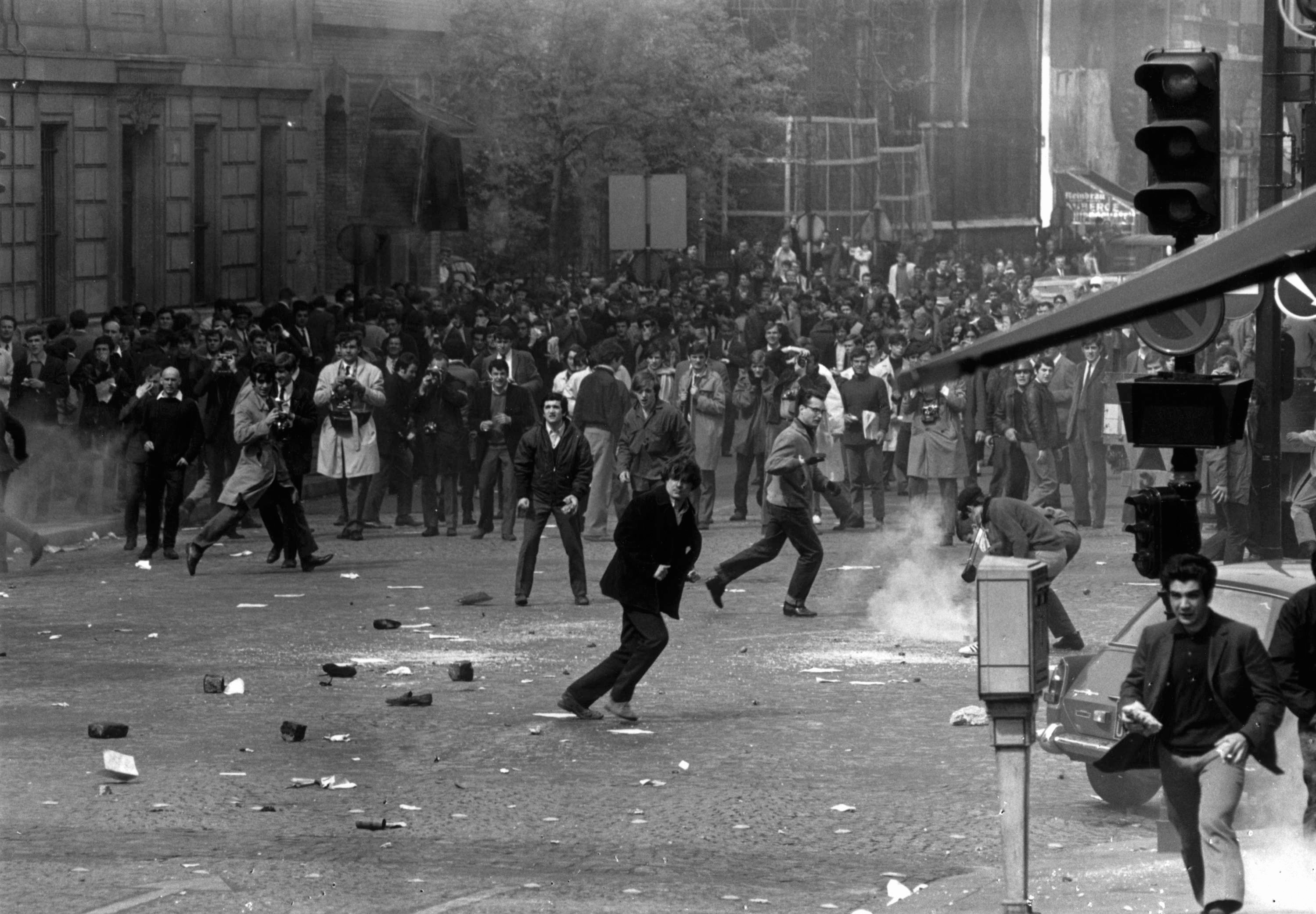



![Palestinian journalists attempt to connect to the internet using their phones in Rafah on the southern Gaza Strip. [Said Khatib/AFP]](/sites/default/files/ajr/2025/34962UB-highres-1705225575%20Large.jpeg)

